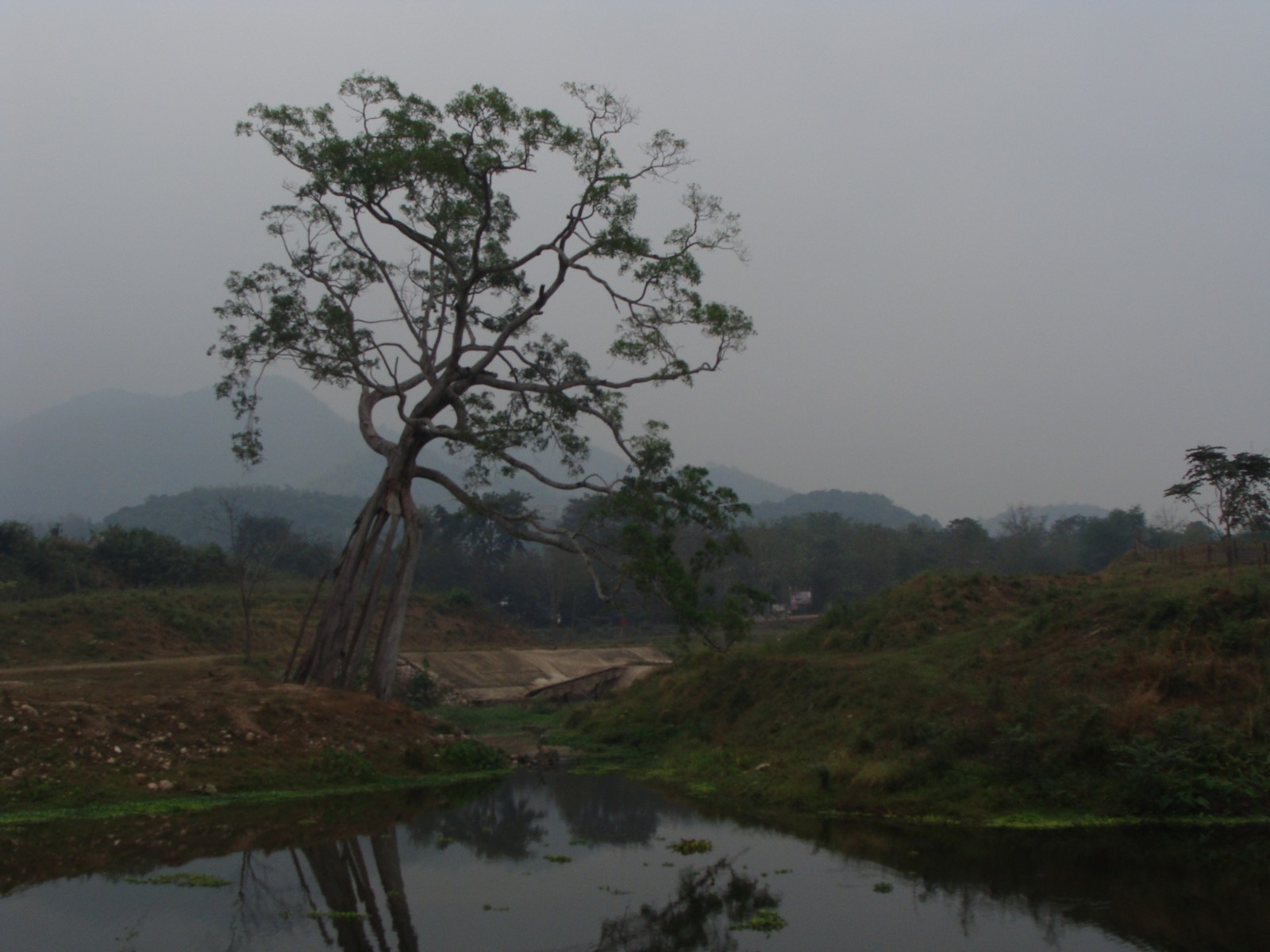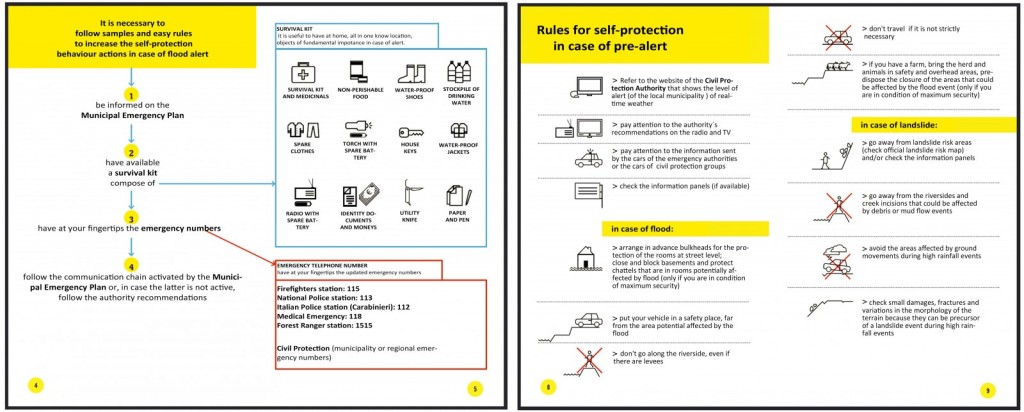
Irrigation dam Ban Bo Wi, Thailand.
Credit: Sarah Garré (distributed via imaggeo.egu.eu)
Keeping water out is only half of the battle. Making water available to communities is the other half of the battle. Engineered structures have the ability to do both, dams and dikes can keep flood waters out and they can also divert water to large metropolises and irrigate agricultural lands. But even countries like The Netherlands, which is known for its world class water management engineering, are examining their use of this built infrastructure to make way for ‘green’ infrastructure. Green infrastructure, which can provide more flexible and more cost effective water management strategies while maintaining a larger proportion of natural features, is being investigated for its efficacy in both developed and developing nations. Science, in its second of three debates on water management policies explores the positives and negatives both of gray and green infrastructure in the Policy Forum: Water security: Gray or green?
 Dr. Kristen Mitchell is an experienced geoscientist and marine chemist with specific experience promoting educational outreach and fundraising initiatives in support of science-specific policy and research. She works with policy makers, commercials entities, and universities to educate and inform their communities of the importance of crafting sustainable solutions. She has worked with key players across the world to execute plans and deliver results related to my scientific studies and projects. For more information, you can contact her at drkristenmitchell@gmail.com, or follow her Tweets @dr_kmitchell.
Dr. Kristen Mitchell is an experienced geoscientist and marine chemist with specific experience promoting educational outreach and fundraising initiatives in support of science-specific policy and research. She works with policy makers, commercials entities, and universities to educate and inform their communities of the importance of crafting sustainable solutions. She has worked with key players across the world to execute plans and deliver results related to my scientific studies and projects. For more information, you can contact her at drkristenmitchell@gmail.com, or follow her Tweets @dr_kmitchell.


